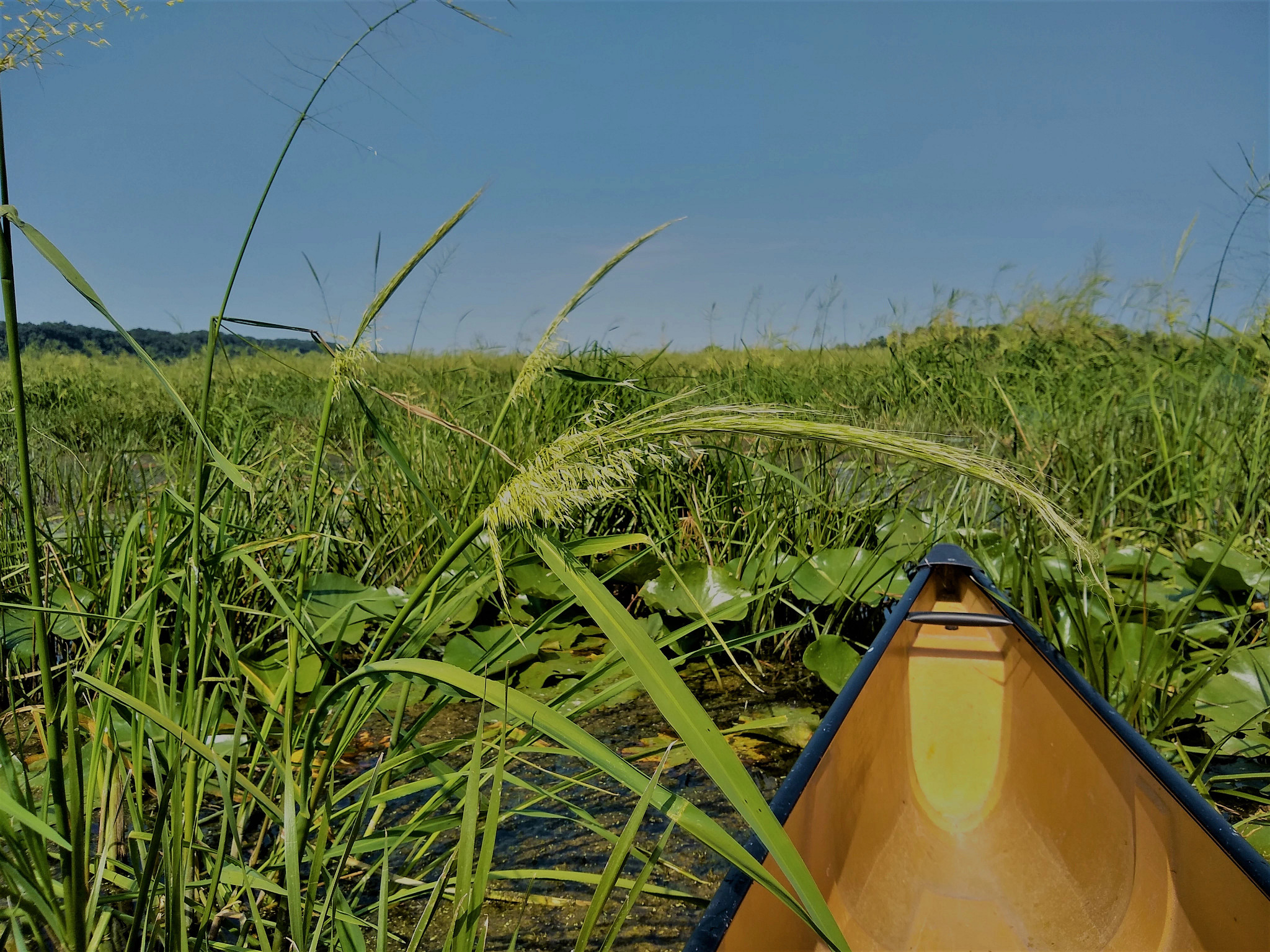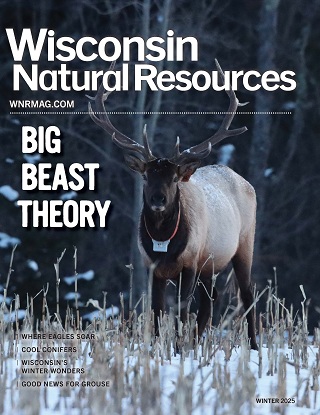Contact: Jason Fleener, DNR Wetland Habitat Specialist
Jason.Fleener@wisconsin.gov or 608-220-9023
2021 Wisconsin Wild Rice Harvest Forecast Shows Varied Outlook
 The Wisconsin DNR expects a varied wild rice outlook across the state.
Photo credit: Wisconsin DNR
The Wisconsin DNR expects a varied wild rice outlook across the state.
Photo credit: Wisconsin DNR
MADISON, Wis. – As wild rice harvesting begins in northern Wisconsin lakes, the Wisconsin Department of Natural Resources (DNR) today announced its 2021 wild rice harvest outlook.
“Pockets of good production exist, although 2021 wild rice production is generally poor across much of northern Wisconsin,” said Jason Fleener, DNR Wetland Habitat Specialist. “Harvesters can find opportunities by scouting online and on-the-ground.”
Harvest opportunities are much more limited in Vilas, Oneida and Forest counties, where most historic wild rice lakes and river stretches have produced little to no rice over the past decade. Conditions in the north-central and northwest counties are somewhat better, with drier conditions favoring rice production. Access on a few northwestern lakes may be difficult due to low water levels.
Wild rice harvesting offers the opportunity to explore Wisconsin by water, collect wild food, support local economies and help restore this essential resource by purchasing a wild rice harvest license. Wild rice maturity ranges from mid-August through September and differs by water body and rice beds within them.
Most wild rice waters are open for harvesters to gather grains as they ripen. The DNR provides an interactive map showing many of the state’s wild rice waters, especially in the Ceded Territory in northern Wisconsin. Customers can use the Surface Water Data Viewer map by selecting the “Wild Rice Waters” layer. Anyone who discovers public waters containing wild rice not marked on the map can contact the DNR or Great Lakes Indian Fish and Wildlife Commission (GLIFWC) to add it to an inventory for consideration in conservation efforts.
Some wild rice waters are date-regulated, so harvesters can only gather rice when the waters are open. Throughout the harvest season, the DNR cooperates with GLIFWC to establish opening dates for the subset of date-regulated wild rice waters. Notices of openings and closings are posted to GLIFWC’s website and along lakeshores at public access points 24 hours before opening a date-regulated waterbody for harvest. DNR email updates are also available.
Proper harvesting technique is crucial to conserving wild rice in Wisconsin. DNR officials stress the importance of waiting to harvest until rice falls with relatively little force. If most rice appears to be milky or still growing inside the hull, wait a few days before trying again. Premature harvest and knocking stalks with too much force can stunt rice kernel growth and damage maturing rice stems. This can have long-term effects on the sustainability of rice beds, which depend on mature falling grains to regenerate.
It is essential to be aware of land ownership before entering wild rice water. Privately owned wild rice beds are not subject to state harvesting regulations, but harvesters must seek landowner permission before entering. Wild rice waters within tribal reservation boundaries are typically limited to tribal members for harvest. Contact tribal authorities for more information.
Learn more about wild rice harvesting on the DNR Wild Rice Harvesting webpage.

